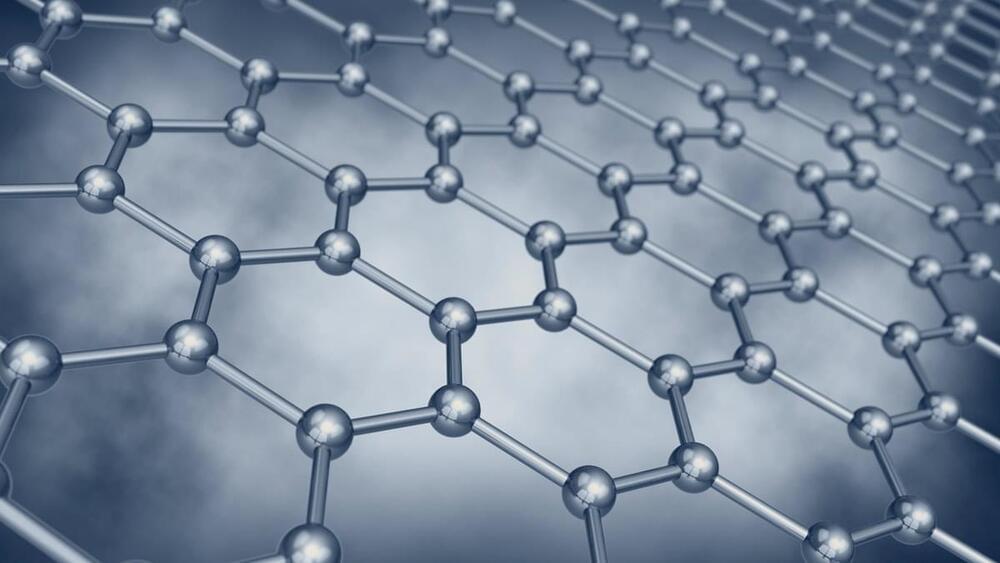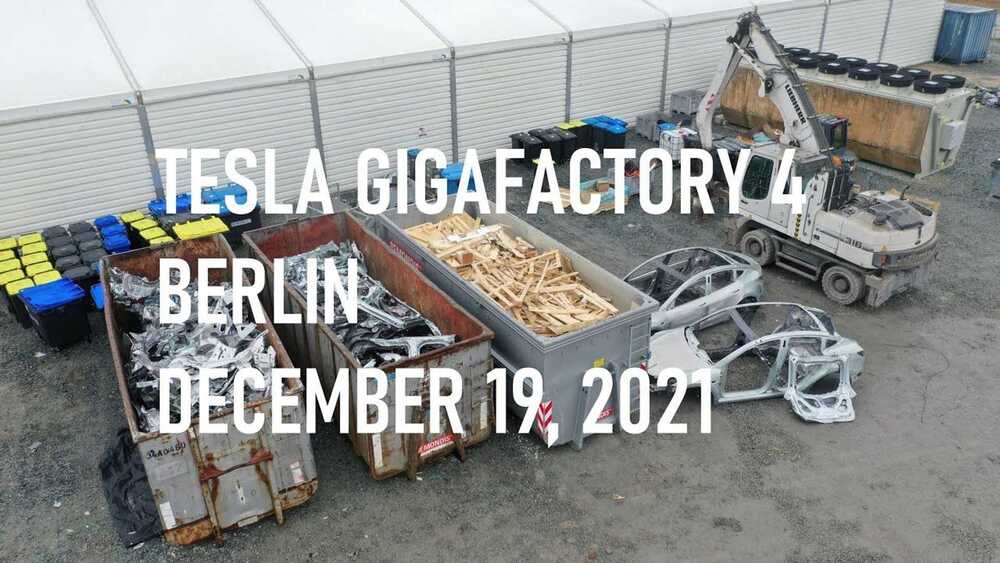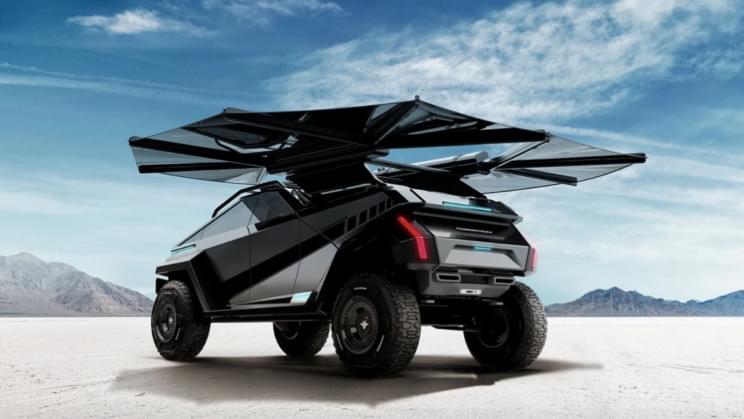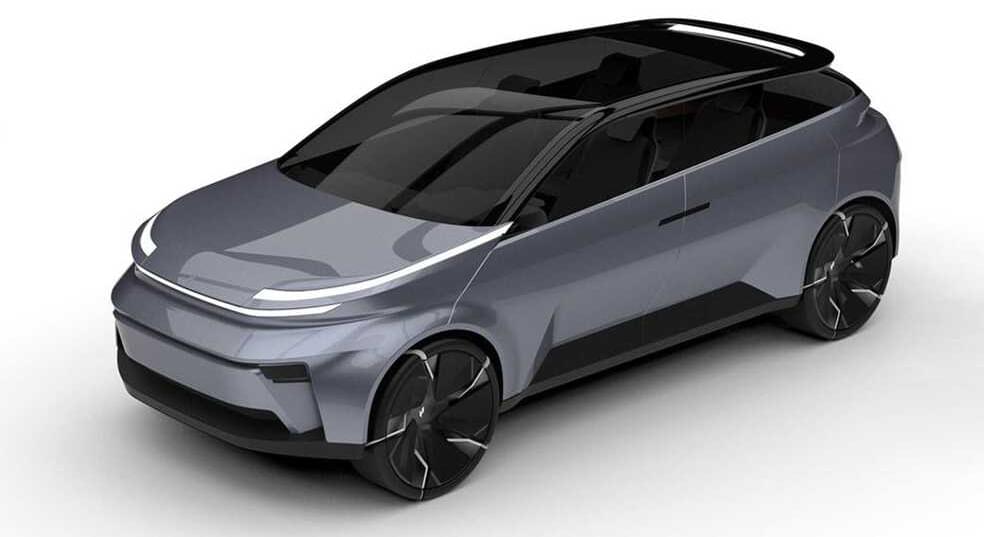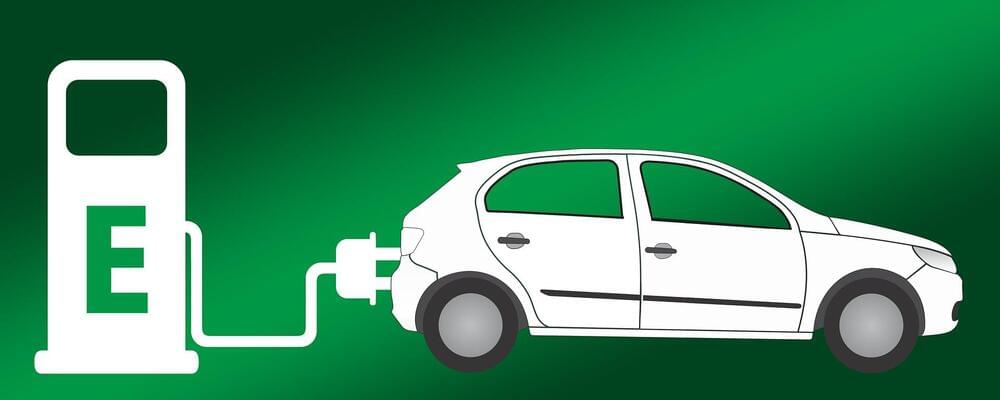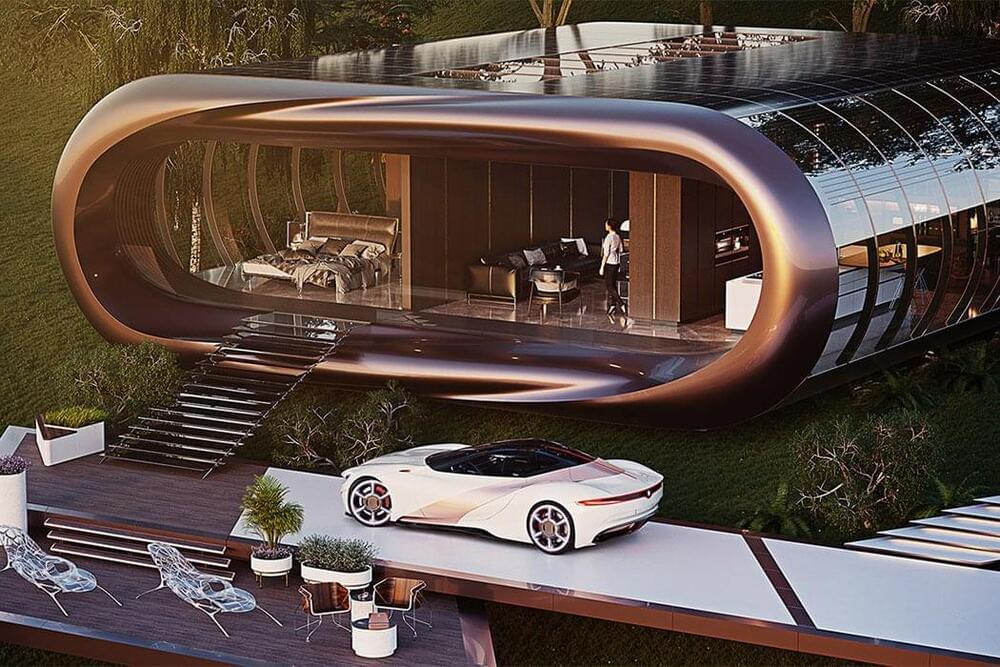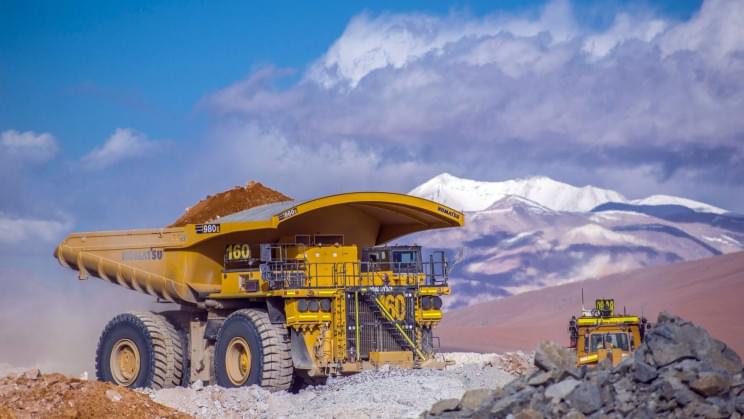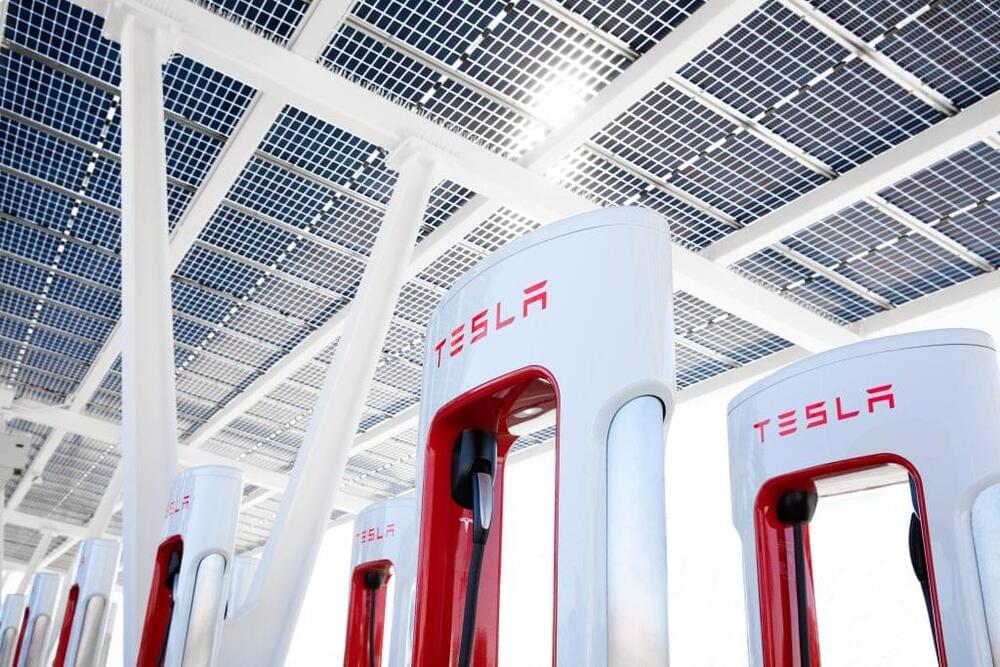Australian researchers have struck a deal to commercialise a new next-generation graphene material they say could unlock cheaper and better performing lithium-ion batteries.
Researchers at the ARC Centre of Excellence for Electromaterials Science (ACES), based at the University of Wollongong, say they have discovered a new form of graphene, called ‘Edge Functionalised Graphene’ (EFG), which is both highly conductive and processable for use in a range of electronics.
This includes lithium-ion batteries, with the innovative graphene material promising to improve the efficiency and lower the cost of battery technology used in energy storage devices and electric vehicles.
